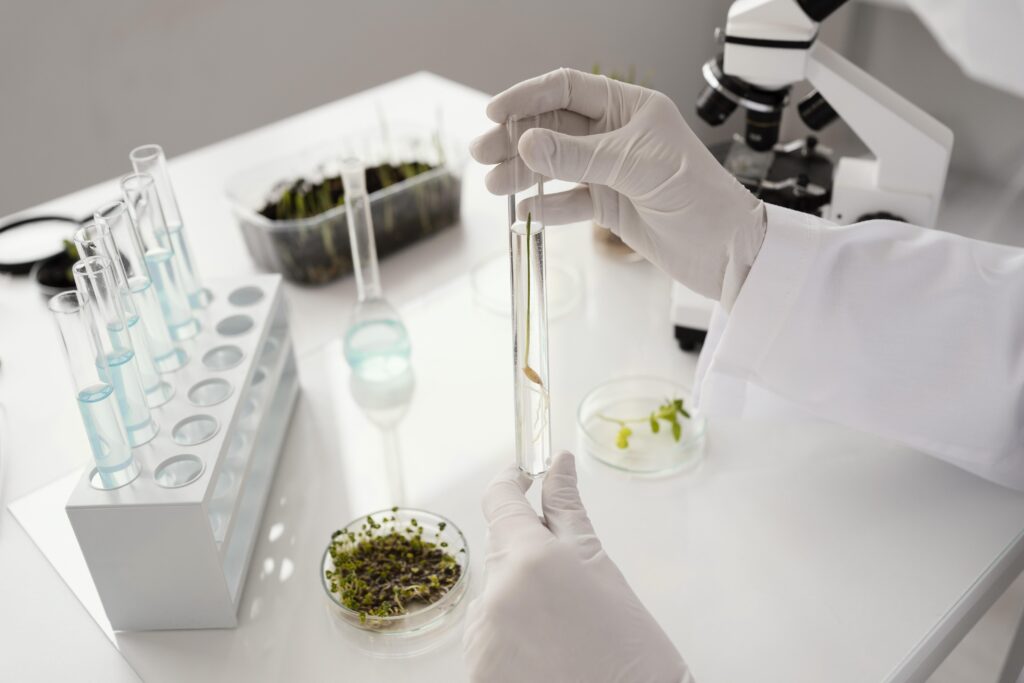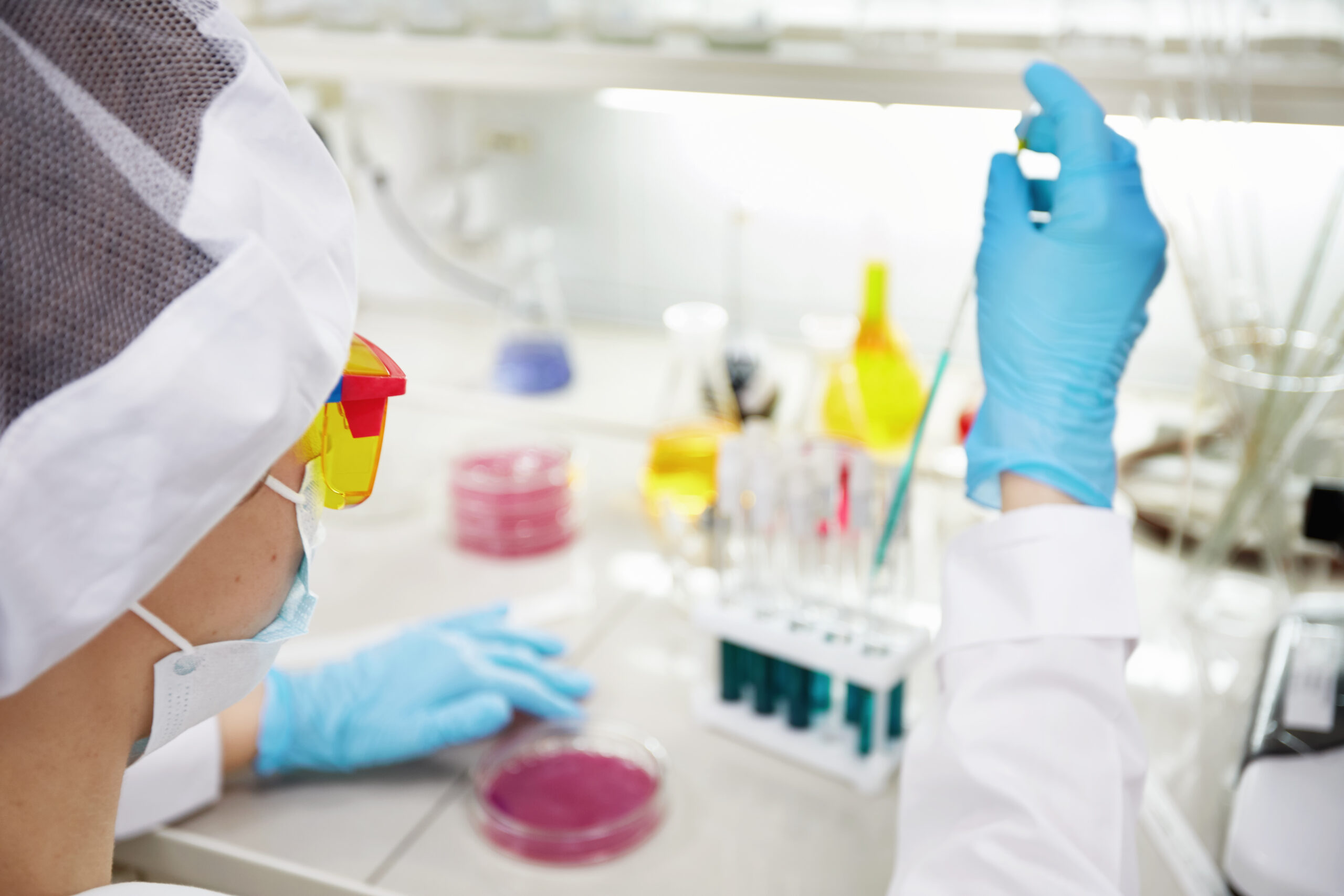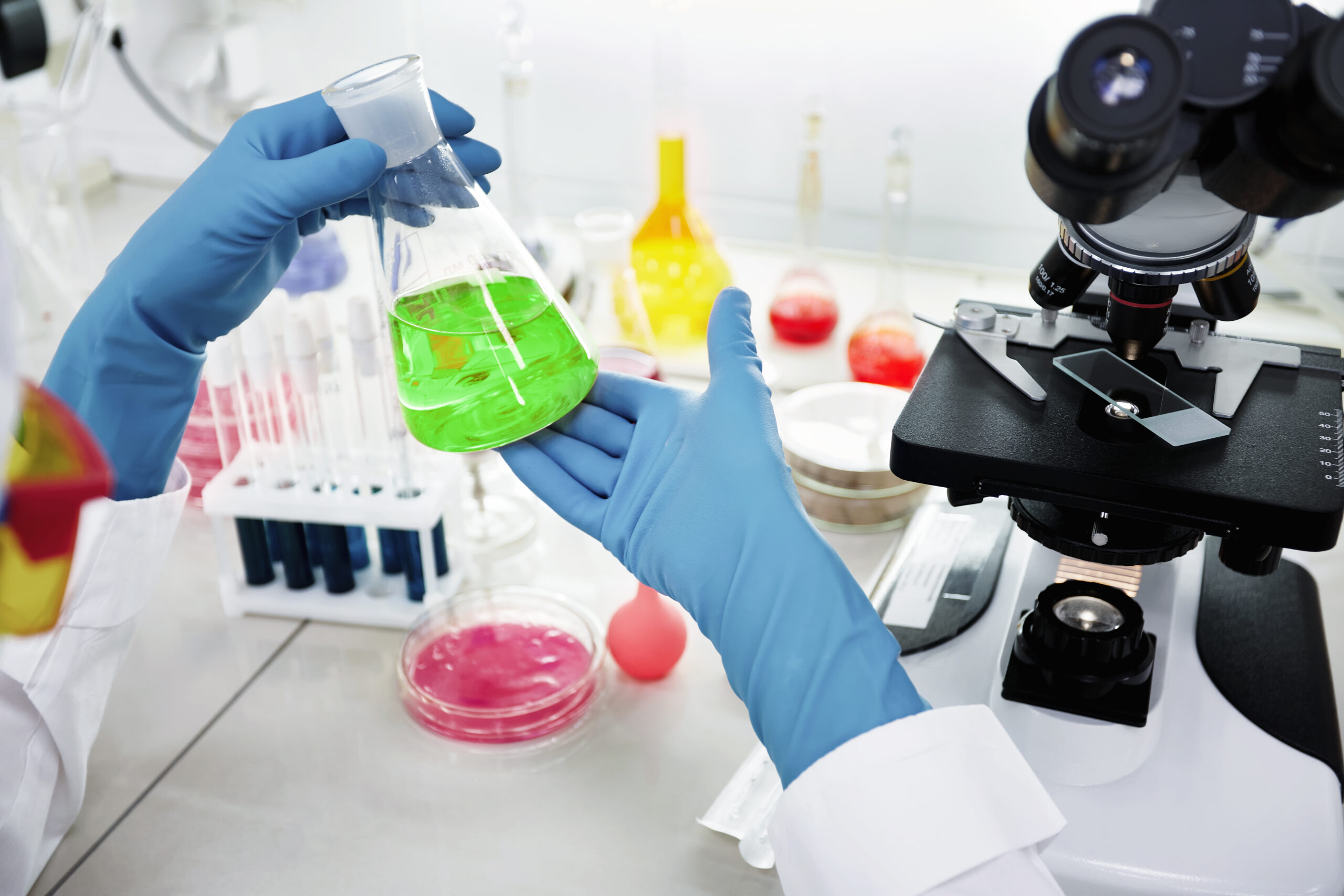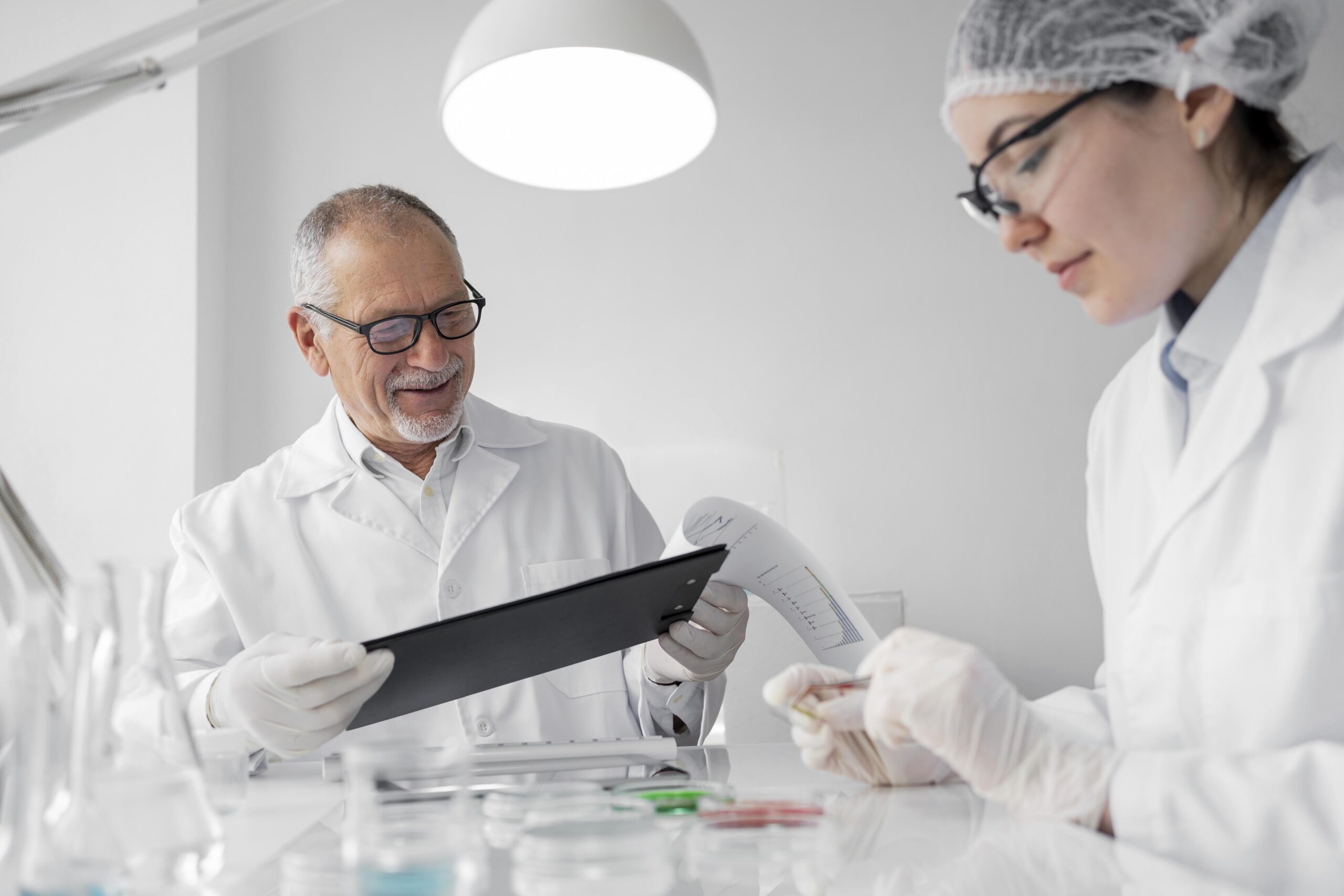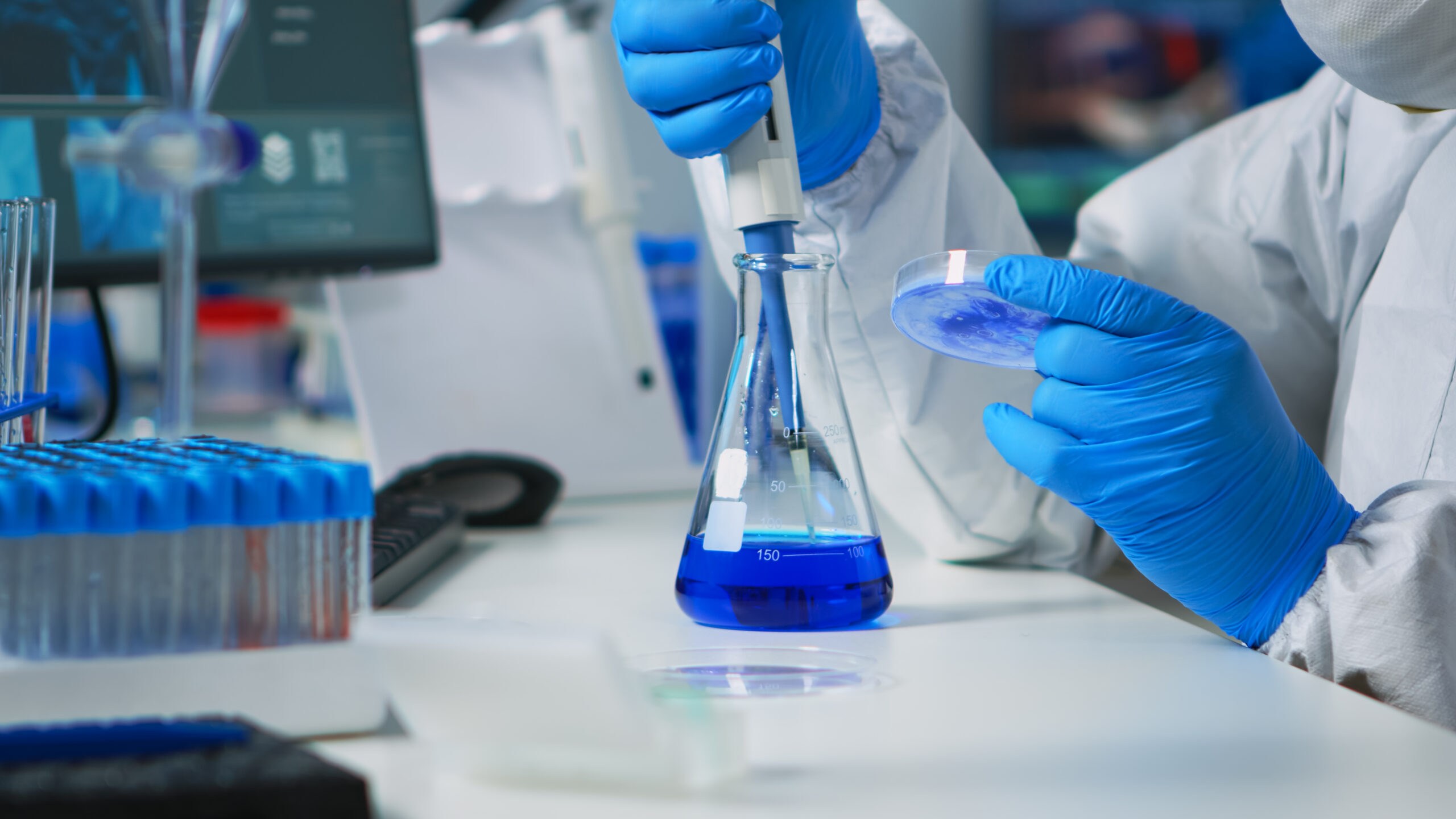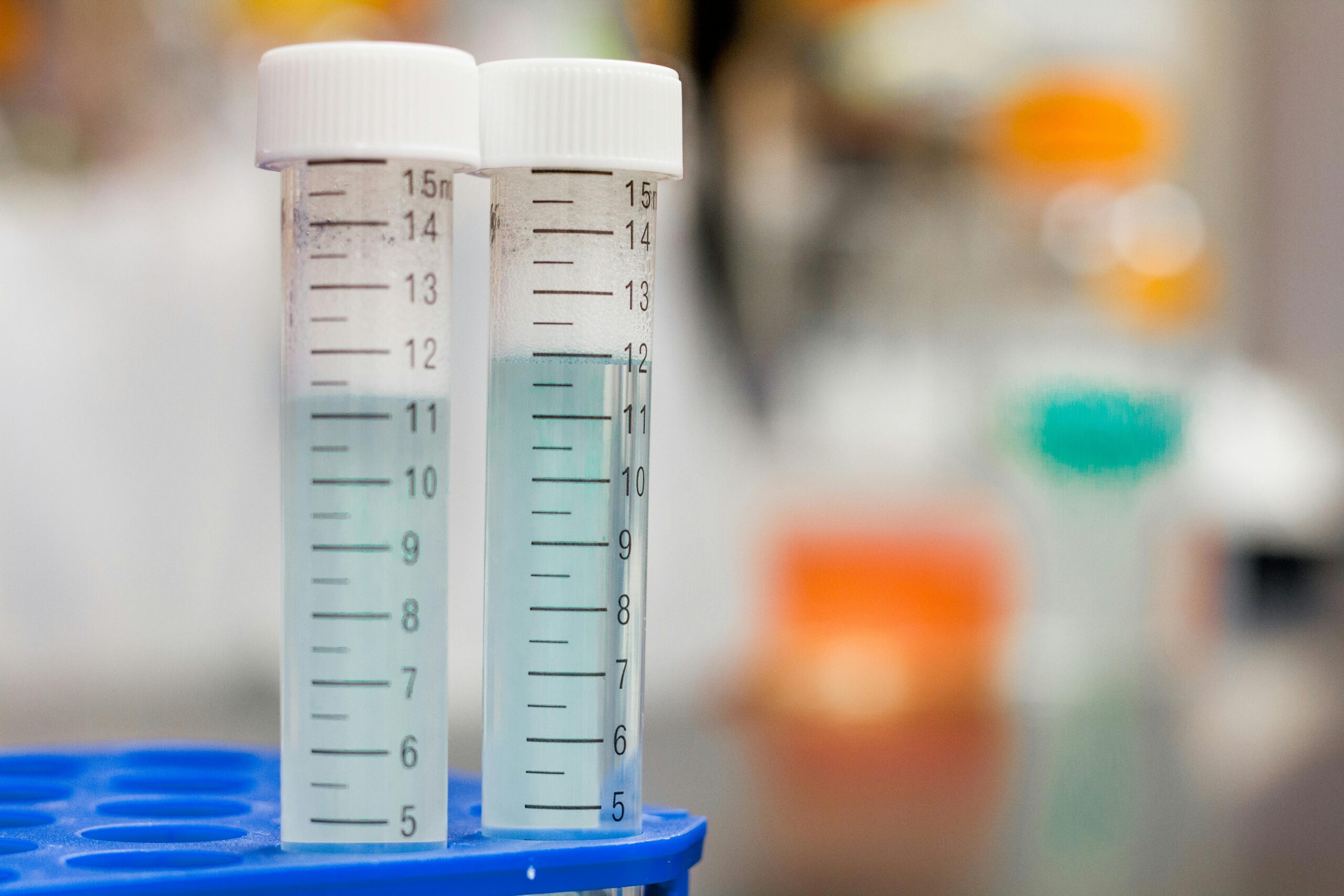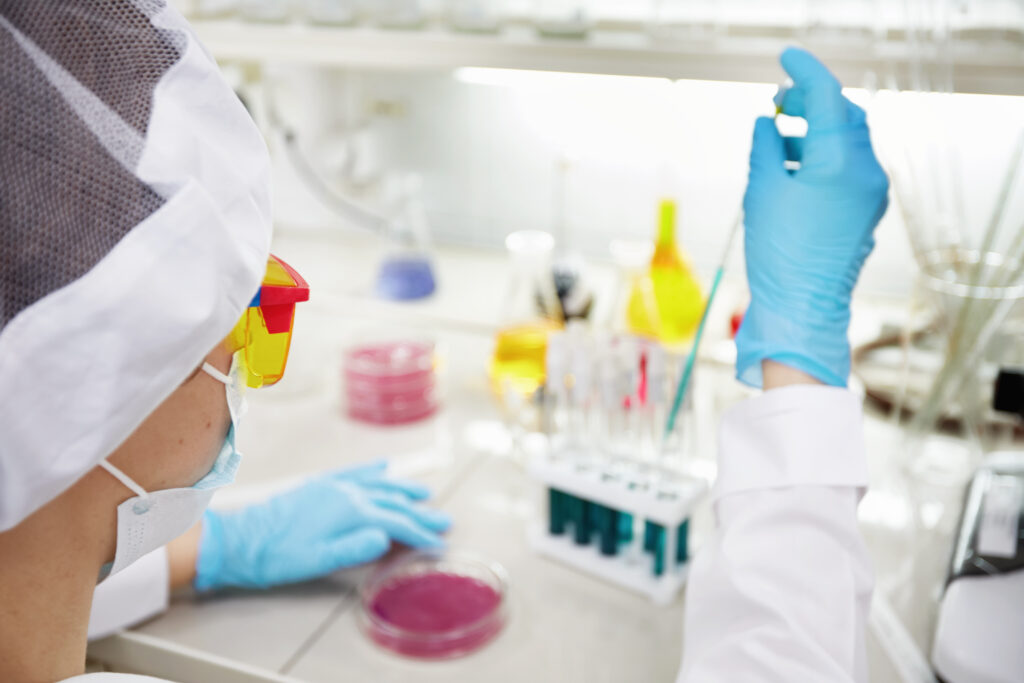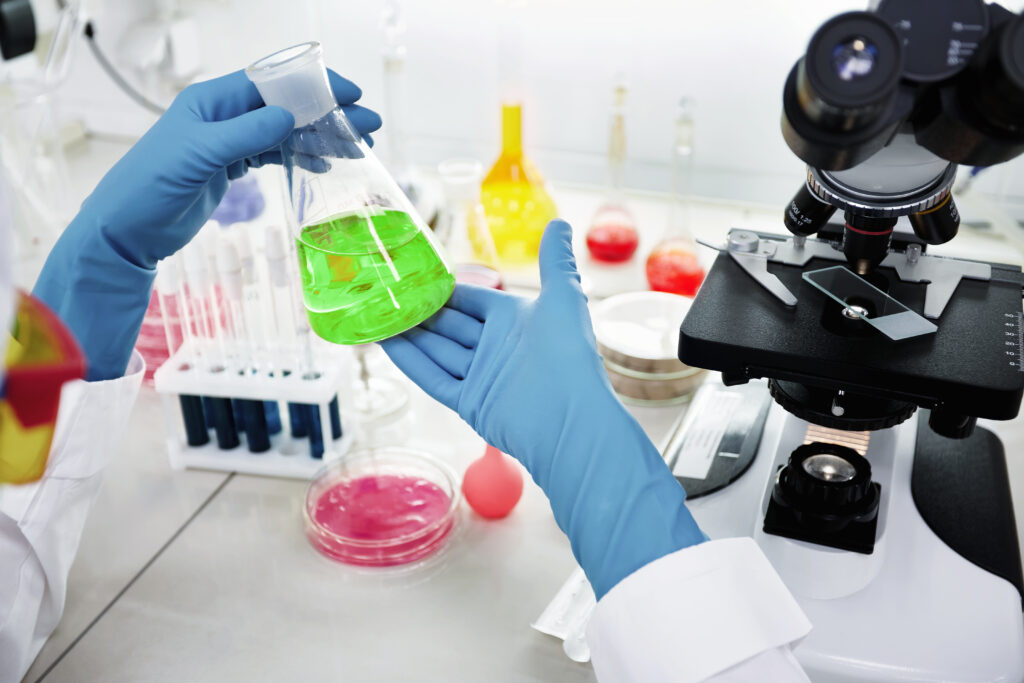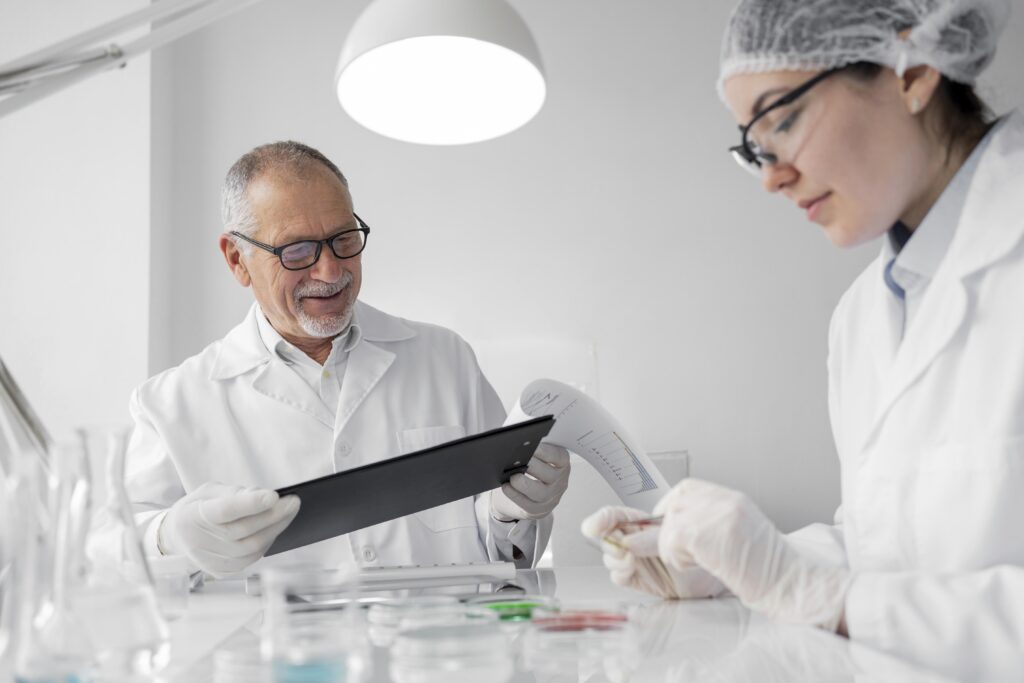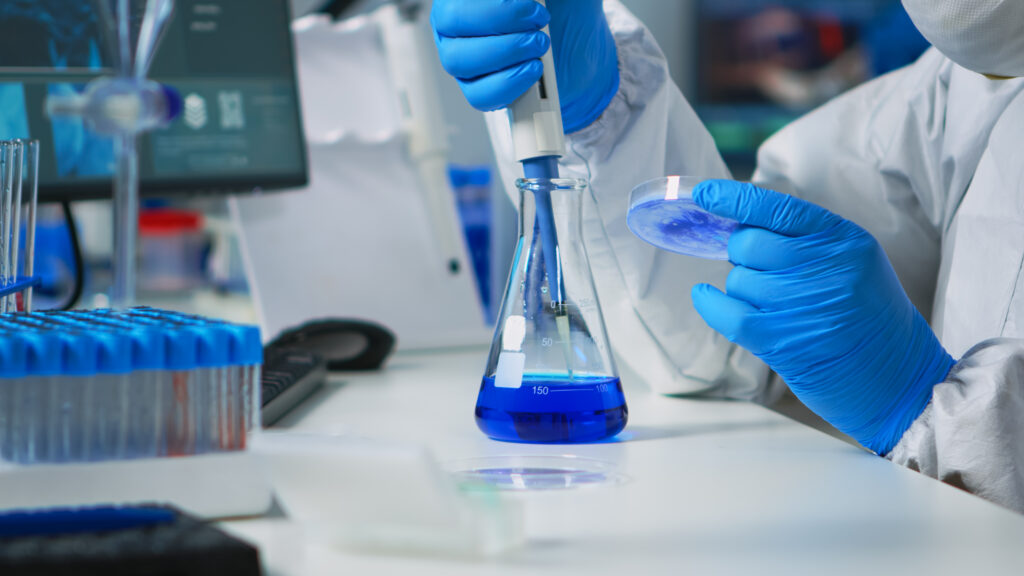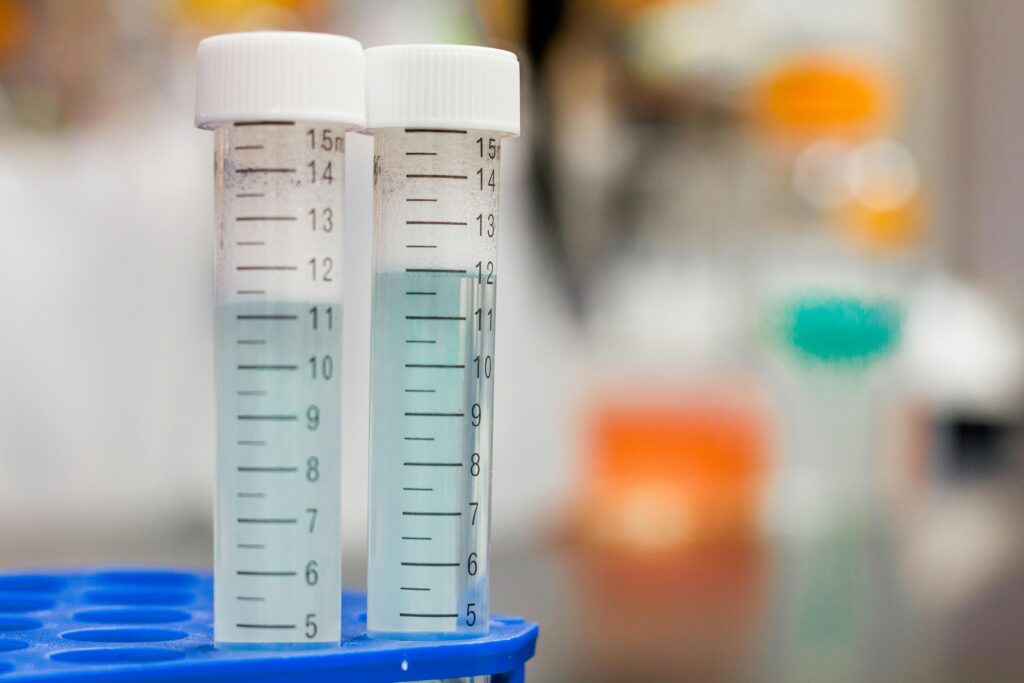Organic food testing is essential to guaranteeing that goods bearing the organic label fulfill the high requirements for food production and organic agriculture. Because synthetic pesticides, genetically modified organisms (GMOs), and some fertilizers are prohibited by these regulations, testing organic food is necessary to confirm compliance and guarantee consumer safety. This blog examines ten typical organic food testing methods , emphasizing their value and role in preserving the authenticity of organic meals.
1. Pesticide Residue Testing
One of the most important parts of analyzing organic food is looking for pesticide residues. Using this technique, food goods’ synthetic pesticide content is found and measured. Liquid chromatography-mass spectrometry (LC-MS) and gas chromatography (GC) are two methods frequently used for assessing pesticide residues. While LC-MS combines liquid chromatography with mass spectrometry to identify and quantify pesticide residues in very low quantities, GC separates and analyzes chemicals that can be vaporized without decomposing. These techniques are quite good at finding even minute concentrations of pesticides, so organic products stay free of these dangerous materials.
2. Microbiological Testing
To guarantee that organic foods are free of dangerous microorganisms including bacteria, viruses, and fungi, microbiological testing is necessary. The total plate count (TPC), which counts all viable bacteria in a sample, and pathogen testing, which looks specifically for diseases including Salmonella, E. Coli, and Listeria, are two common microbiological tests. These tests are essential to ensuring the safety of organic foods because contamination by dangerous microbes can put customers’ health at risk.
3. Heavy Metals Testing
Organic food testing also entails testing for heavy metals such as arsenic, lead, cadmium, and mercury. These metals may be present as a result of environmental contamination and can be hazardous even at low concentrations. Atomic absorption spectroscopy (AAS) and inductively coupled plasma mass spectrometry (ICP-MS) are two techniques used to test for heavy metals. While AAS assesses the concentration of metals by absorbing light of specific wavelengths, ICP-MS is highly sensitive and can identify small levels of heavy metals. Because heavy metals can have detrimental impacts on health, it is crucial to ensure that organic foods are free of these pollutants for the protection of consumers.
4. GMO Testing
Organic farming strictly prohibits the use of Genetically Modified Organisms (GMOs). Consequently, techniques for identifying the presence of GMOs must be included in organic food testing. Enzyme-linked immunosorbent assay (ELISA) and polymerase chain reaction (PCR) are two methods for testing for genetically modified organisms. While ELISA employs antibodies to identify GMO-produced proteins, PCR amplifies particular DNA sequences to detect genetic changes. Organic food testing helps preserve the integrity of organic products and makes sure they fulfill the necessary criteria by detecting and eliminating GMOs.
5. Nutritional Analysis
A crucial part of assessing organic food is nutritional analysis. It entails figuring out how many vitamins, minerals, proteins, fats, and carbs are included in dietary items. Spectrophotometry and high-performance liquid chromatography (HPLC) are frequently used techniques in nutritional analysis. While spectrophotometry measures the amount of light absorbed by a solution to estimate the concentration of nutrients, HPLC is used to identify and quantify vitamins and other nutrients. Precise nutritional evaluation guarantees that organic foods fulfill labeling regulations and offer anticipated health advantages.
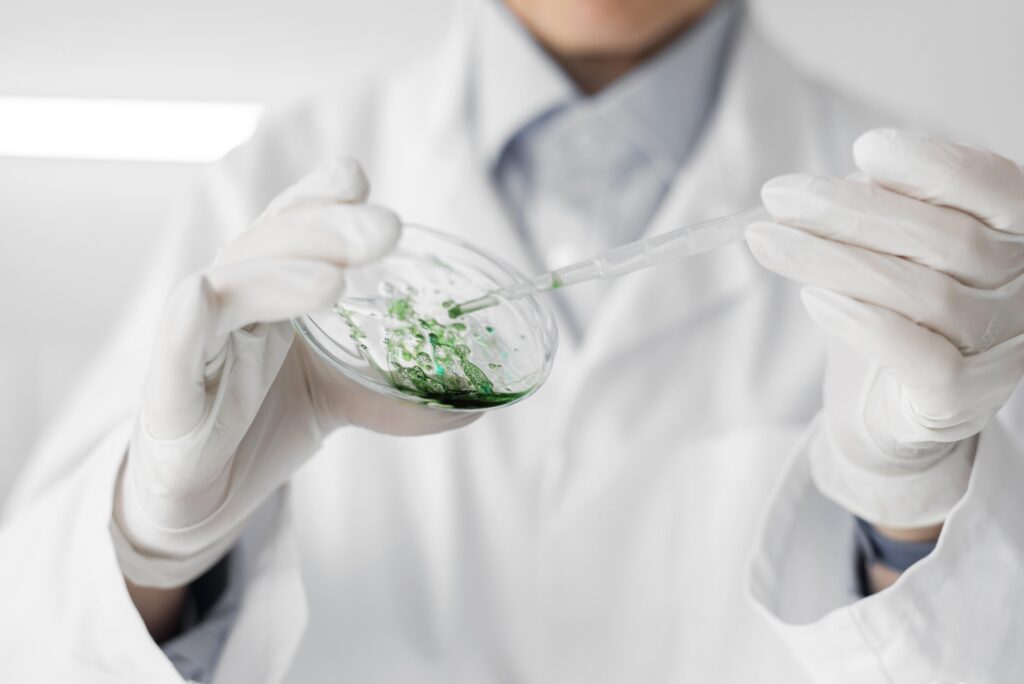
6. Allergen Testing
Organic foods are guaranteed to be free of common allergens like gluten, nuts, and dairy thanks to allergen testing. To safeguard customers with dietary allergies, this is essential. ELISA and PCR are among the techniques used in allergy testing. Whereas PCR can identify DNA sequences connected to allergies, ELISA is useful for identifying particular proteins linked to allergens. Organic food testing contributes to the safety of all customers, including those with dietary sensitivities, by detecting and eliminating allergens.
7. Residue Analysis
Finding traces of hormones, veterinary medications, and other contaminants that might be in organic food is known as residue analysis. This is especially crucial for animal-based goods like milk, eggs, and meat. Liquid chromatography-tandem mass spectrometry (LC-MS/MS) and gas chromatography-mass spectrometry (GC-MS) are two techniques used for residue analysis. While GC-MS is also used to detect chemical residues, LC-MS/MS combines liquid chromatography and tandem mass spectrometry for great sensitivity and specificity. To preserve their organic classification and guarantee customer safety, organic foods must be devoid of harmful residues.
8. Authenticity Testing
Finding traces of hormones, veterinary medications, and other contaminants that might be in organic food is known as residue analysis. This is especially crucial for animal-based goods like milk, eggs, and meat. Liquid chromatography-tandem mass spectrometry (LC-MS/MS) and gas chromatography-mass spectrometry (GC-MS) are two techniques used for residue analysis. While GC-MS is also used to detect chemical residues, LC-MS/MS combines liquid chromatography and tandem mass spectrometry for great sensitivity and specificity. To preserve their organic classification and guarantee customer safety, organic foods must be devoid of harmful residues.
9. Mycotoxin Testing
Certain species of fungi can create harmful substances called mycotoxins, which can infect crops. Testing for mycotoxin is essential to guaranteeing that organic foods are devoid of these dangerous compounds. Mycotoxin testing techniques include ELISA, which identifies certain mycotoxin proteins, and LC-MS/MS, which has a high level of sensitivity and specificity when identifying different mycotoxins. Frequent mycotoxin testing guarantees the safety of organic products while shielding customers from the harmful health impacts linked to these toxins.
10. Hormone Testing
To guarantee that organic animal products are free of artificial hormones, hormone testing is a must. This is especially crucial for meat and dairy products. Hormone testing techniques include immunoassays and LC-MS/MS, which identify and measure hormone levels in animal products. These tests support the upkeep of organic standards and guarantee customer safety by confirming that hormone-free animal products are used in organic farming.
Comprehensive food testing for organic products must be incorporated into the supply chain not just to comply with regulations but also to ensure that consumers receive safe, premium organic meals. Strong and trustworthy organic food testing procedures are becoming more and more crucial as the market for organic products expands. Through the use of several testing techniques, labs can guarantee that organic foods fulfill

